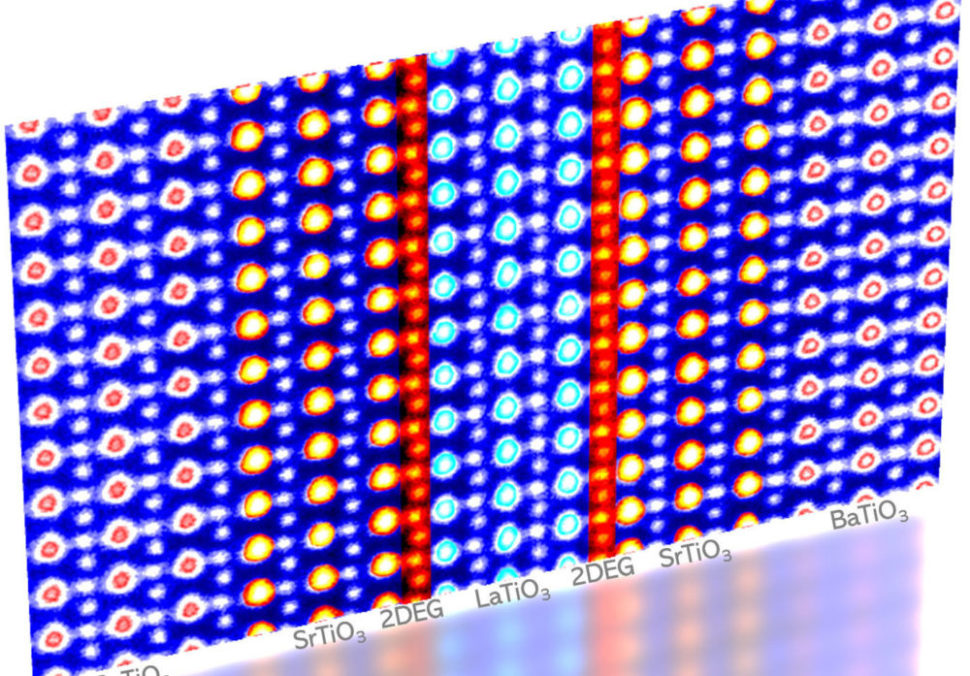An international team of researchers created a new 2D artificial material, proving a decade-old theory that was once believed to be impossible.
This 2D artificial material is reportedly associated with the ferroelectric metal which conducts electricity despite not existing in nature. The latter was first theorized by the Princeton University physicist and Nobel Prize recipient Philip Anderson back in 1965.
Researchers in past decades believed that it would be impossible to prove Anderson’s theory. Some say that doing so is like blending water and fire. However, an international team of researchers was able to verify the theory, publishing their findings in the journal Nature Communications.
“It’s exciting,” Jak Chakhalian, Professor Claud Lovelace Endowed Chair in Experimental Physics at Rutgers University-New Brunswick, said.
“We created a new class of two-dimensional artificial materials with ferroelectric-like properties at room temperature that doesn’t exist in nature yet can conduct electricity. It’s an important link between a theory and an experiment.”
Read More: Classical Physics and Quantum Physics Can’t Come to Terms on Hardy’s Paradox
According to Chakhalian, ferroelectrics are considered an important class of materials technologically. They are used in different electronics like mobile phones, antennas, computer storage, high precision motors, medical equipment, ultra-sensitive sensors, and sonar equipment.
“They move, shrink and expand when electricity is applied, and that allows you to move things with exquisite precision. Moreover, every modern cell phone has tens of components with properties similar to ferroelectric material,” he explained.
Like other scientists, Chakhalian and his team took the challenge of creating the ferroelectric metal since no law of physics says the material could not be made. The team used advanced tools to form sheets of materials that are said to be only a few atoms thick.
“When a material becomes ferroelectric, its atoms shift permanently, and we wanted to add metallic properties to an artificial crystal that conducts electricity. So we took two very thin layers to create a two-dimensional metal at the interface and added a third layer with special properties to shift the atoms in that metallic layer, creating a ferroelectric-like metal. The new structure has several functionalities built-in, and this is a big win-win,” Chakhalian said.



Comments (0)
Most Recent